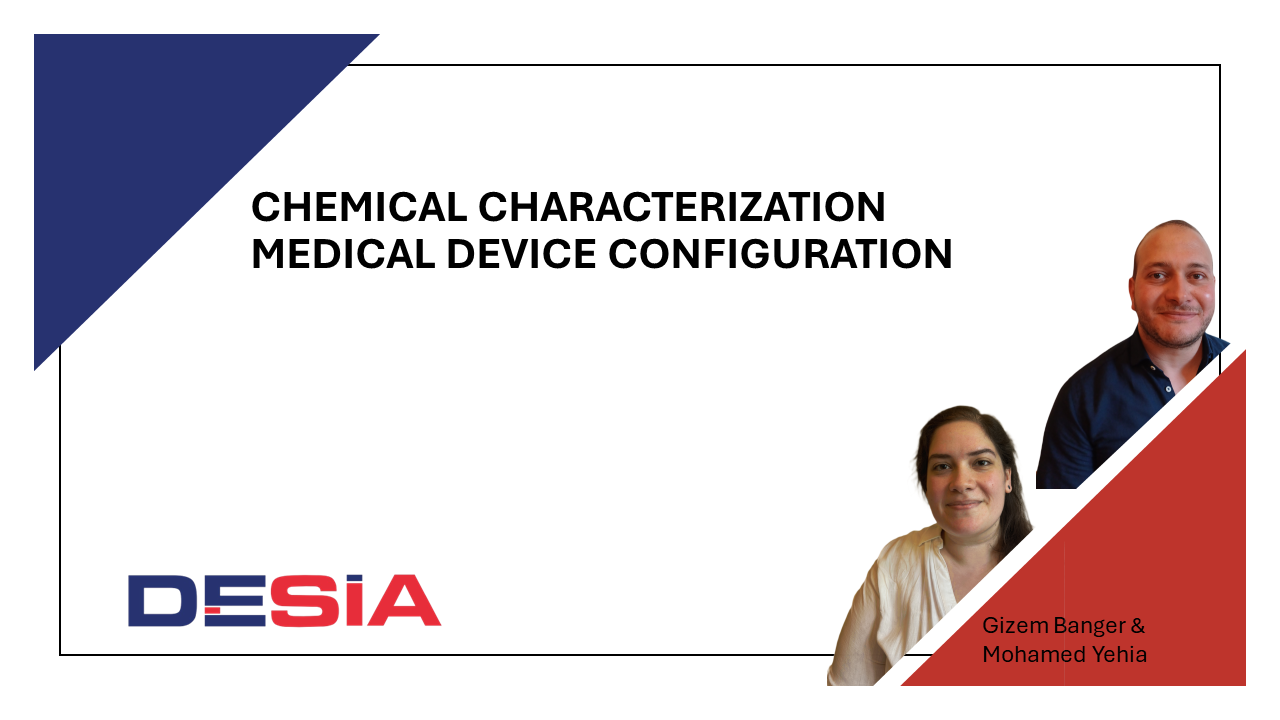The objective of configuring a medical device is to thoroughly address every aspect pertaining to its geometric structure, intended function, clinical application, constituent materials, material proportions, and physical composition during evaluation. This comprehensive approach aims to identify potential safety risks associated with the medical device.
- What are the steps for performing medical device configuration?
1- It's important to describe and document the medical device, including its configuration, intended purpose, and clinical use. This includes detailing the materials it's made of, how much of each material is used, and its physical structure, like its surface features. Also, showing how the materials are arranged inside the device, called its configuration, is crucial because it explains how the device interacts with the person who is in contact with the medical device.
2- Once the medical device configuration has been established, each material of construction with direct or indirect contact should be compositionally described qualitatively and quantitatively. In addition, intended interaction between device materials and body tissues and fluids shall be established. A documented, qualitative and quantitative description of the known composition of each material of construction, along with known additives and processing residues from manufacturing activities is required. Medical device manufacturers should preferably obtain qualitative and quantitative compositional information about materials from the supplier of the starting material.
3- The qualitative and quantitative compositional analysis data provided shall reflect the potential safety risk correlated with the medical device and its materials. The level of detail in both qualitative and quantitative compositional analysis data supplied or needed (e.g. the levels of additives and residuals in the material) should correspond to the potential safety risks linked to the medical device and its materials. For instance, long-term contact devices require more details than limited contact devices and implanted devices need more detail than surface devices. Hence, the amount and the details of the provided compositional analysis data shall be justified. Besides, the impact of processing (including sterilization) of the materials and the medical device shall be considered.
4- Moreover, the purpose of the compositional analysis of the medical device and/or its materials of construction is to supplement any information gaps and to provide the necessary quantitative information on materials and chemical constituents. In conclusion, the process of medical device configuration involves thorough documentation and analysis of its geometric structure, intended function, constituent materials, and their potential interactions with the body. This comprehensive approach, including qualitative and quantitative compositional analysis, aims to identify and mitigate potential safety risks associated with the device and its materials, ensuring compliance with regulatory standards and enhancing patient safety.




